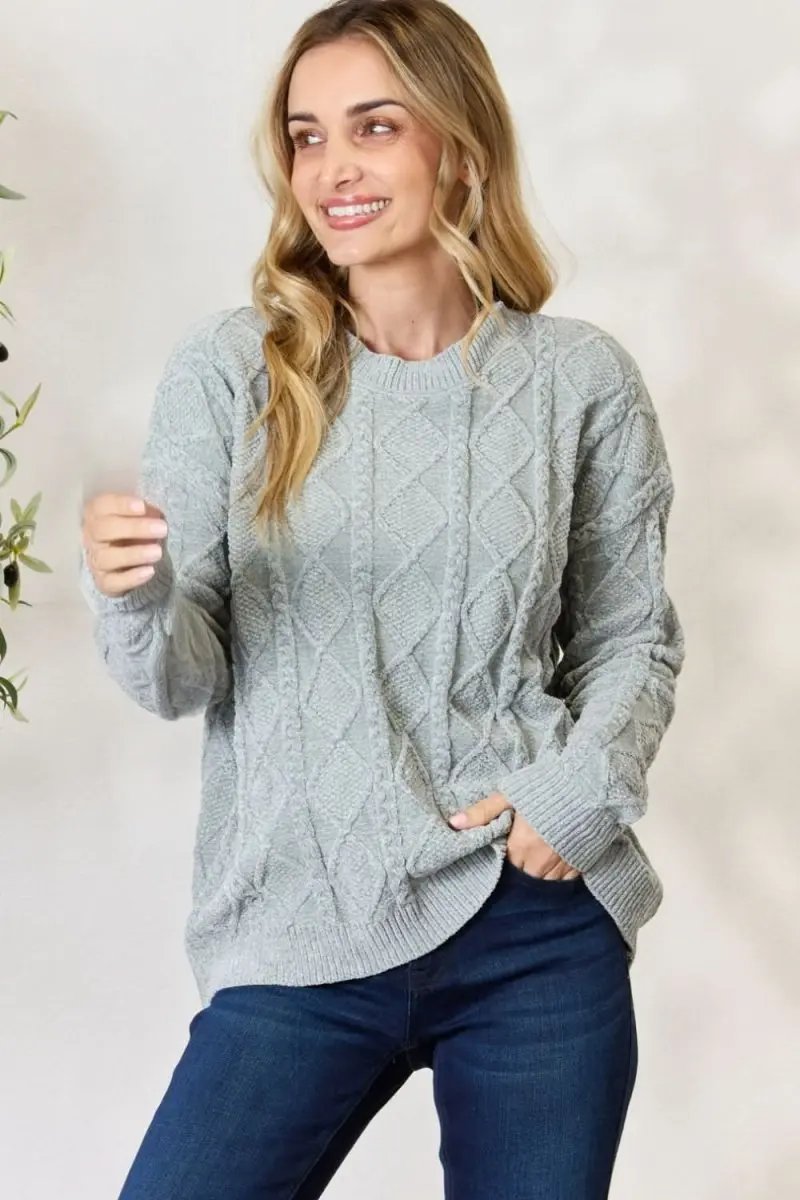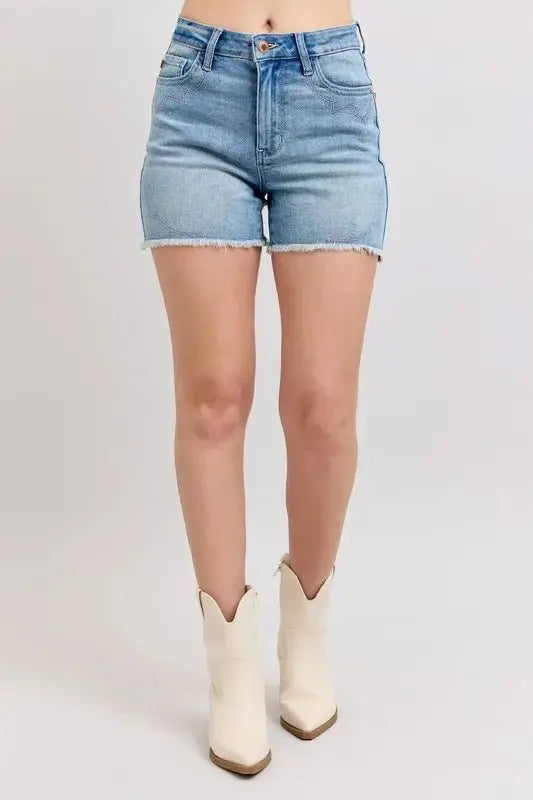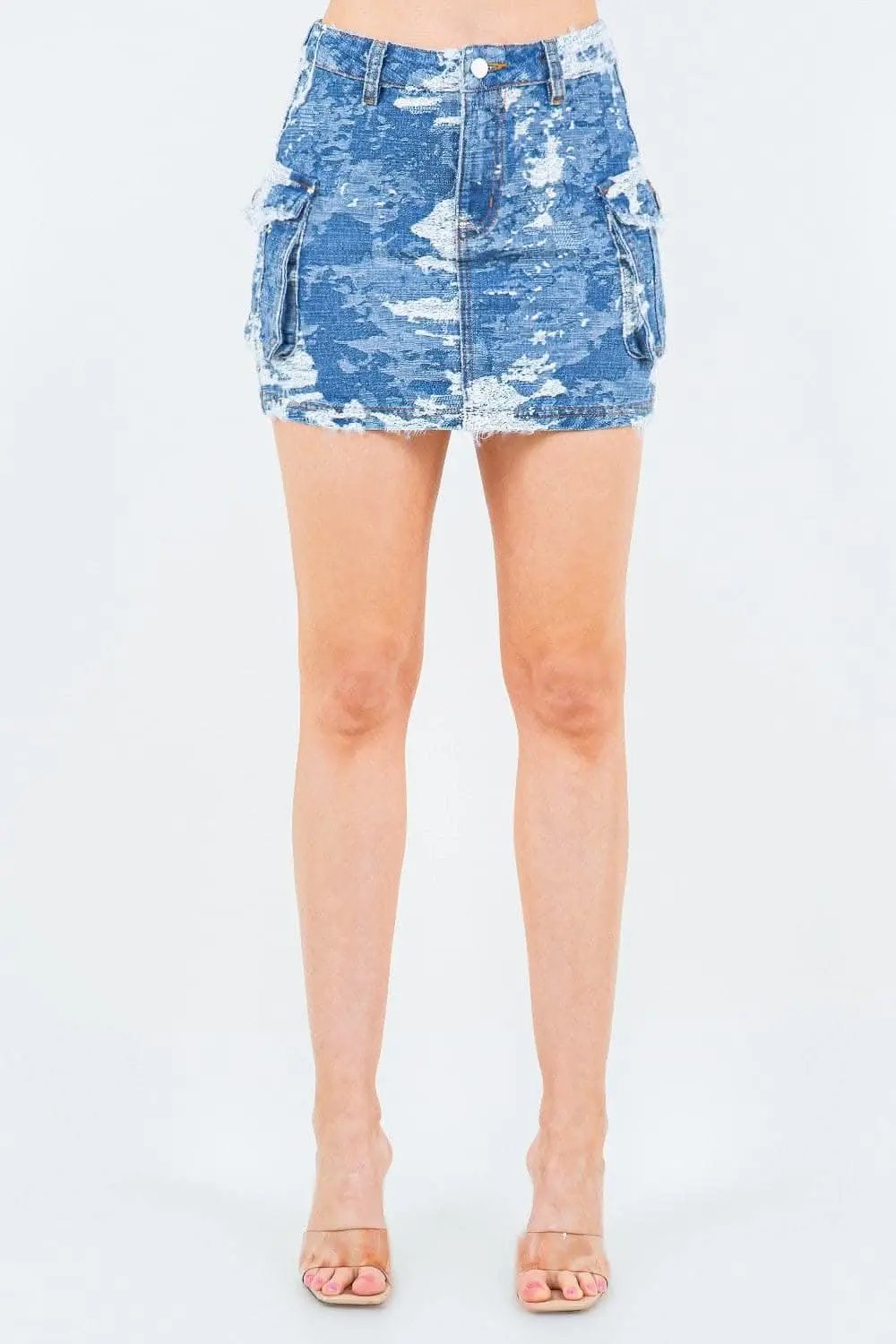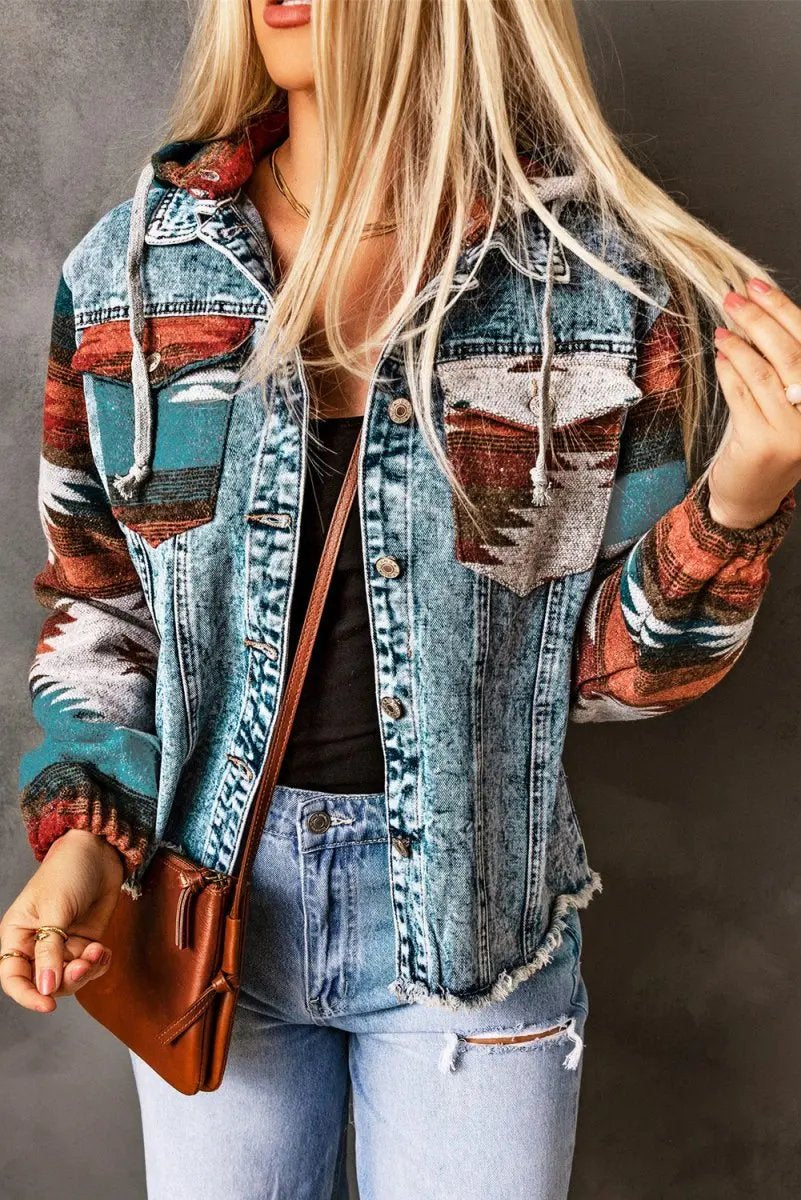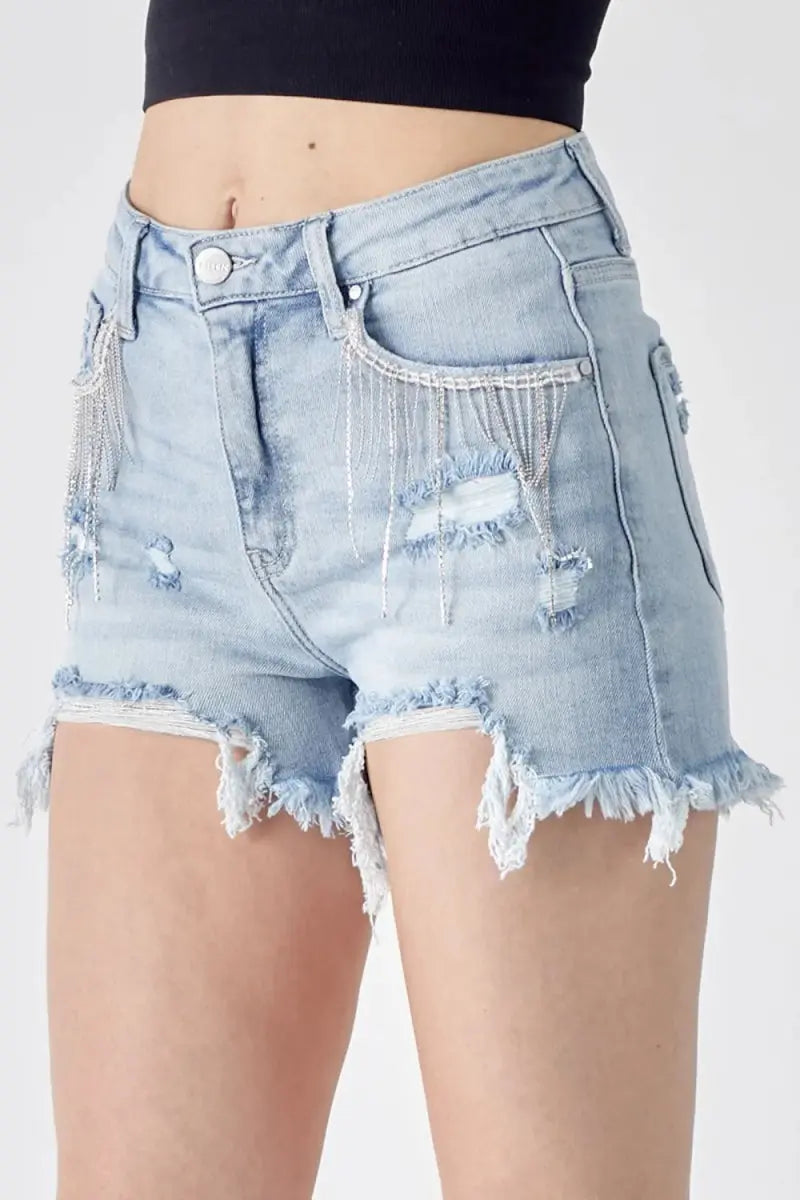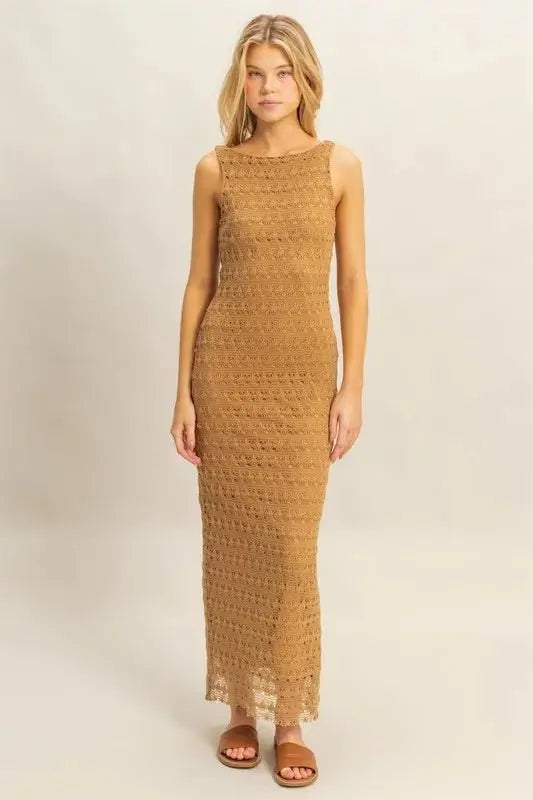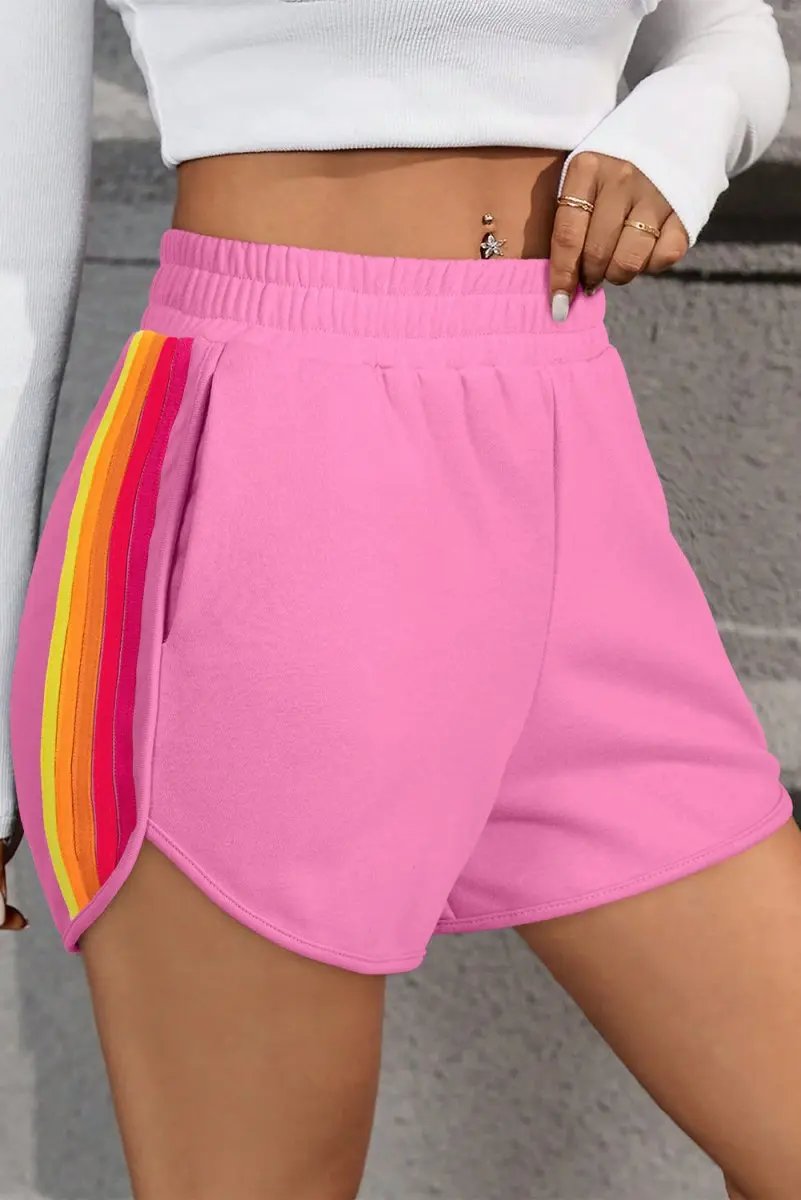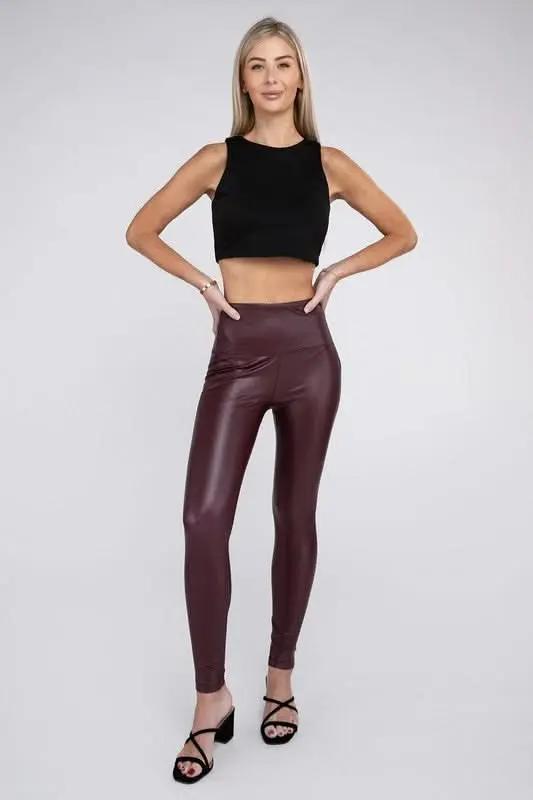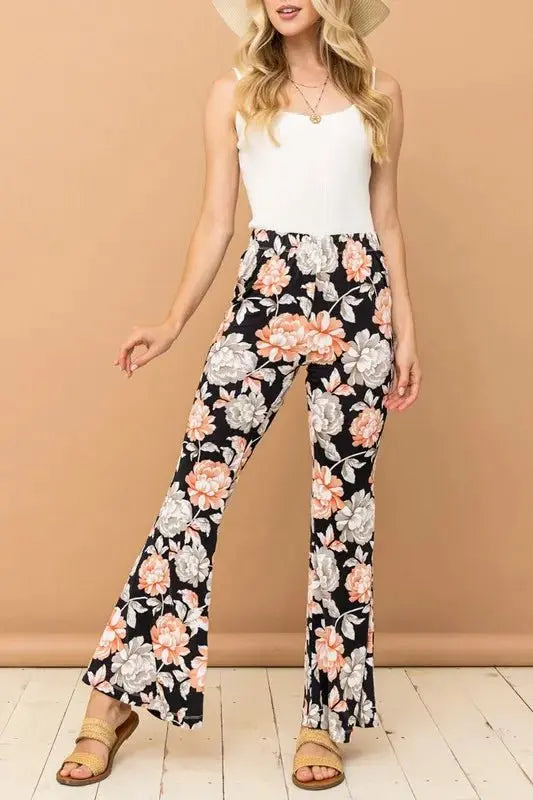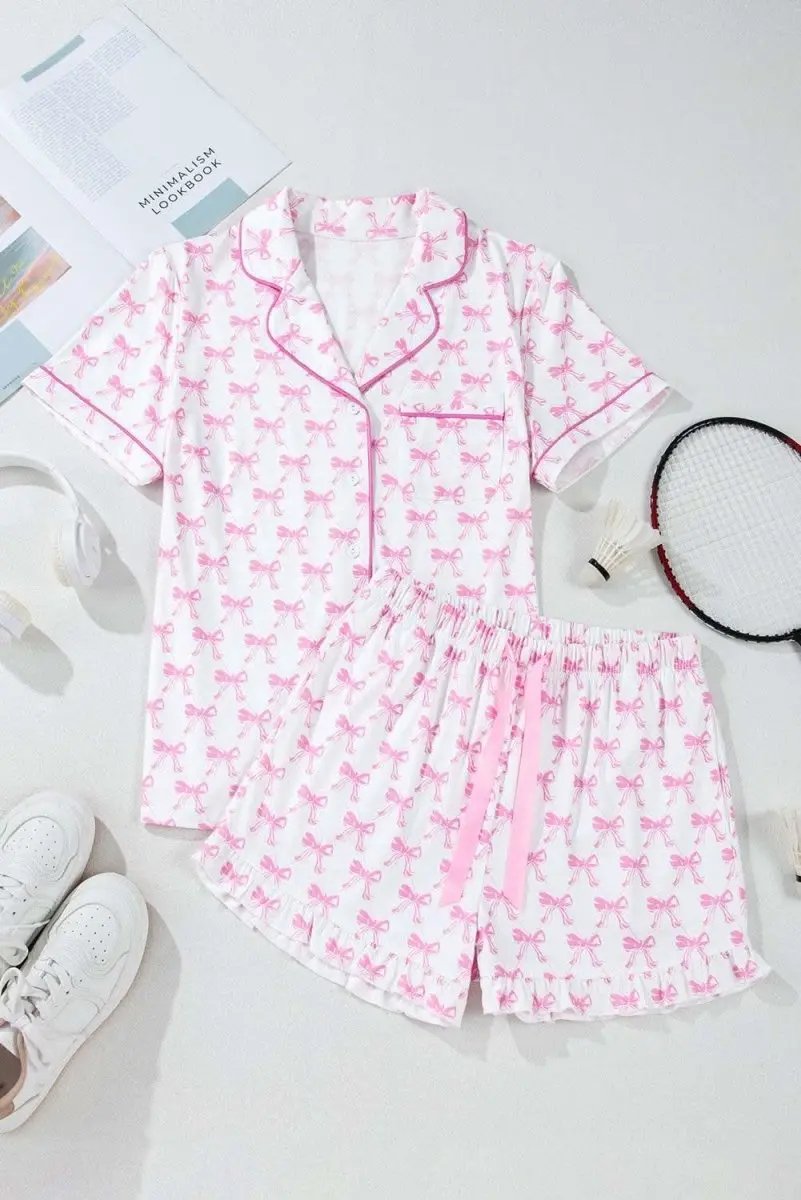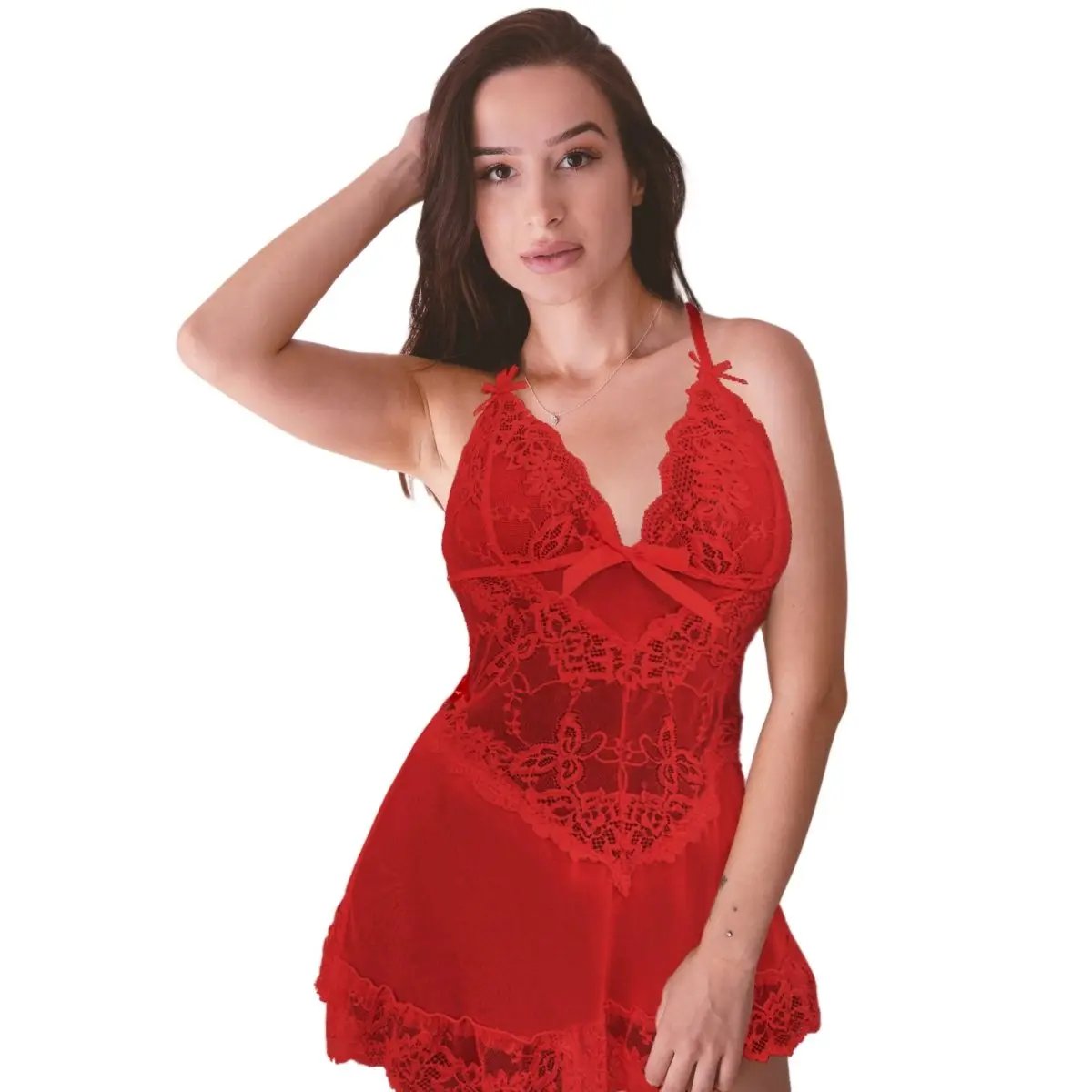Introduction: A Smarter Way to Love Your Flying Tomato Pieces
Flying Tomato has become a go-to for plus-size shoppers seeking flattering cuts, supportive construction, and statement prints. But owning great pieces is only the first step. The next, and more sustainable, step is making sure each piece earns its place in your closet by being as versatile as possible. This extended guide shows you how to calculate a Versatility Score for every Flying Tomato garment, perform targeted reworks and repairs, and curate seasonal capsule wardrobes that reduce decision fatigue and extend the life of each item.
Why Versatility Is an SEO-Friendly Wardrobe Strategy
Before we dive into practical steps, note why clarity around versatility helps you and why this post will be useful for others searching online. Shoppers look for specific solutions like plus-size capsule wardrobe, how to alter plus-size clothing, Flying Tomato outfit ideas, and sustainable wardrobe tips. A well-structured guide that answers these queries, uses clear headings, and includes practical checklists and examples performs well in search and is genuinely useful.
What Is the Versatility Score and Why It Works
The Versatility Score quantifies a garment's usefulness so you can prioritize rework and retention. It reduces emotional clutter from closet decisions and helps you invest in repairs or tailoring where they matter most. The score is also a repeatable system you can use every season.
The 5-Factor Versatility Scoring System: Detailed Breakdown
Rate each factor 1 to 10 for every garment and then calculate a weighted average. Keep a record in a notebook or spreadsheet.
- Fit 25%: Measures how the garment flatters your body and how comfortable it is for everyday movement. Consider waist position, bust fit, sleeve length, and ease across hips.
- Versatility 30%: Number of distinct looks the piece can form across occasions and seasons. A high score means casual, work, and evening options are possible with simple layering.
- Condition & Durability 20%: Evaluate seams, pilling, color fading, and hardware. Better condition means longer life before replacement.
- Styling Potential 15%: How well the color, pattern, and texture mix with your existing wardrobe. Neutrals and adaptable prints score higher.
- Emotional Value 10%: The confidence boost or emotional attachment the item provides. Even small emotional value can justify repairs but should not be the only reason to keep something beyond useful wear.
Example calculation: Fit 8, Versatility 7, Condition 6, Styling 8, Emotion 9. Total = 0.25*8 + 0.30*7 + 0.20*6 + 0.15*8 + 0.10*9 = 7.15. Use a keep threshold of 6.5 to 7 depending on space and lifestyle.
How to Rate Rapidly: A Practical Closet Audit Process
- Empty a clear workspace and gather all Flying Tomato pieces together.
- Try on each item and take three photos: front, side, and back. Photos reveal issues you might miss in a mirror.
- Use a printed or digital scoring sheet and assign each factor a score immediately after trying on.
- For any score 6 or below, note why and list one rework idea that could raise the score by at least one point.
- Sort items into Keep, Rework, and Release piles.
Case Study: Scoring Three Common Flying Tomato Pieces
- Wrap Dress in Navy Floral
- Fit 7, Versatility 8, Condition 9, Styling 8, Emotion 8 = Score 7.7. Action: Keep, add a hidden snap for security to make it more approachable for active days.
- Maxi Skirt in Lightweight Rayon
- Fit 6, Versatility 5, Condition 7, Styling 6, Emotion 6 = Score 5.9. Action: Rework by shortening to midi and adding a belt loop to increase versatility and fit.
- Wide-Leg Trousers in Stretch Crepe
- Fit 8, Versatility 7, Condition 9, Styling 8, Emotion 7 = Score 7.6. Action: Keep, add hemming and possible cuff option for summer wear.
Prioritizing Reworks: Which Pieces Yield the Best Returns
When your rework budget and time are limited, choose items where the cost or difficulty of repair is low, but the potential increase in score is high. Typical winners include:
- Items with great fabric but imperfect fit such as dresses and trousers that need hemming or taking in.
- Pieces with minor condition issues like loose buttons, small holes, or a broken zipper.
- Garments with dated details that can be updated by simple changes such as swapping buttons or shortening sleeves.
Detailed Rework Tutorials and Difficulty Levels
Each technique includes difficulty (easy, intermediate, advanced), estimated cost as DIY or pro, and step-by-step highlights.
Simple Tailoring: Hemming and Taking In
- Difficulty: Easy to intermediate
- DIY cost: Low. Need sewing kit, straight stitch machine or needle.
- Pro cost: 15 to 40 depending on local rates and fabric.
- Steps: Try on with shoes you plan to wear, mark desired length, pin and hem, press, and finish with a blind hem for knits or straight stitch for woven fabrics. Taking in side seams often requires removing seam allowances and resewing with a fitting trial in between.
Adding Lining or Interfacing for Structure
- Difficulty: Intermediate
- DIY cost: Moderate due to materials; pro cost: 50 to 120 depending on garment complexity.
- When to use: Lightweight, clingy, or semi-sheer fabrics that lack structure, or garments with unstable seams. Lining improves drape and longevity.
- Key steps: Choose a lightweight matching lining, create a lining pattern from the garment, baste, fit, and secure. Add interfacing to collars or waistbands as needed.
Convert a Wrap Dress to Faux Wrap
- Difficulty: Intermediate
- DIY cost: Low to moderate
- Steps: Stabilize the crossover at the waist with a small hidden snap or attach a fixed piece of fabric under the wrap to mimic the wrap shape while preventing gaping. This increases Versatility and reduces styling anxiety for active days.
Replace a Broken Zipper
- Difficulty: Intermediate
- DIY cost: Low; pro cost: 15 to 35
- Notes: Invisible zippers in knit dresses require care; replacing with a similar zipper maintains silhouette. Consider switching to a sturdier zipper for frequently worn pieces.
Creative Upcycling: From Garment to New Treasure
- Difficulty: Varies
- Ideas: Turn a worn maxi into a bias skirt, make a tunic into a longline vest, use fabric to create headbands, scrunchies, or a lined tote.
- Benefits: When a piece is beyond rescue for wear, upcycling retains the material value and reduces textile waste.
Fabric-Specific Guidance for Flying Tomato Pieces
Different fabrics require different care and rework approaches. Below are common fabrics and tailored advice.
- Rayon and Viscose — Soft drape but can shrink. Cold wash or hand wash, avoid high heat in drying. Reinforce seams and consider lining for weight.
- Polyester Blends — Durable and easy care. Dyeing is possible with specific dyes for synthetics, and many repairs are straightforward.
- Jersey and Knits — Allow stretch in seams; use stretch stitches when altering. Avoid pinning too aggressively when cutting.
- Linen and Linen Blends — Breathable, develops character. Press carefully and expect natural wrinkling; consider interlining for structure.
- Denim and Heavy Wovens — Durable but heavy. Hemming requires a heavy-duty needle and reinforced stitching at stress points.
Estimated Costs and Time for Common Reworks
- Swap buttons: DIY 10 to 20 minutes, professional 10 to 30 USD
- Hemming dress or trousers: DIY 30 to 90 minutes, professional 15 to 40 USD
- Take in side seams: DIY 60 to 120 minutes depending on complexity, pro 30 to 80 USD
- Replace zipper: DIY 60 to 120 minutes, pro 15 to 35 USD
- Full lining: DIY several hours, pro 50 to 150 USD
How Many Pieces Should Your Flying Tomato Capsule Have?
Capsule sizes vary by lifestyle. Use these guidelines and tailor them to your needs.
- Minimalist capsule 10 to 12 pieces: Best for travel or simplified wardrobes.
- Everyday capsule 12 to 18 pieces: Good balance for work and social life.
- Expanded capsule 18 to 30 pieces: Keeps variety while maintaining cohesion.
Seasonal Capsule Examples Using Flying Tomato Pieces
Below are concrete capsule lists for each season, each including suggested Flying Tomato-type items and a brief note on rework priorities.
Spring Capsule (12 pieces)
- Lightweight trench or utility jacket
- Neutral wrap dress (add hidden snap)
- Floral midi dress (consider shortening to midi if maxi)
- White or cream blouse (add darts for shape)
- Lightweight knit sweater
- Wide-leg cropped trousers (hem for length)
- High-waist pencil skirt
- Casual denim jacket
- Neutral ankle boots
- Easy slide sandals
- Statement scarf
- Simple crossbody bag
Summer Capsule (12 pieces)
- Breathable slip dress with added straps
- Printed maxi (convertible to skirt)
- Lightweight cotton tunic
- Tailored shorts
- Soft rayon tee
- Light cardigan
- Comfortable sandals
- Casual sneakers
- Sun hat
- One statement necklace
- Swim cover that doubles as dress
- Canvas tote
Autumn Capsule (14 pieces)
- Structured blazer
- Long-sleeve wrap top
- Midi dress in autumnal print (add lining if needed)
- High-waist trousers
- Knit sweater
- Utility skirt
- Tall boots
- Lightweight coat
- Scarf, gloves
- Crossbody bag
- Neutral flats
- Statement belt
- Layering tee
- Casual loafers
Winter Capsule (14 pieces)
- Wool coat
- Thermal knit top
- Warm midi dress with lining
- Heavy-weight trousers
- Turtleneck sweater
- Fleece-lined leggings
- Insulated boots
- Chunky cardigan
- Beanie and scarf
- Leather belt
- Structured blazer
- Smart flats
- Gloves
- Durable crossbody
Outfit Formulas and Outfit Math: Get More Looks From Less
Use outfit formulas to instantly create looks. Multiply interchangeable pieces to find the total outfit potential.
- Formula example 1: Neutral dress + blazer + 3 accessories = 3 looks
- Formula example 2: 4 tops x 3 bottoms x 2 shoes = 24 outfits
- Tip: Aim for at least 30 potential outfit combinations in a 12 to 18 piece capsule to cover a month.
Styling Tricks to Boost Perceived Versatility
- Use belts to change silhouette of dresses and oversized tops.
- Layering: tee under slip dress or dress over turtleneck instantly creates season crossover outfits.
- Mix textures: a knit with a silky skirt reads more polished than either alone.
- Proportion play: pair cropped tops with high-waist bottoms to refresh older pieces.
Care and Repair Toolkit: What to Keep in Your Home Sewing Kit
- Basic sewing kit: needles, thread in neutral shades, seam ripper, small scissors
- Fabric glue or hem tape for temporary fixes
- Spare buttons and small patches
- Measuring tape, pins, tailor chalk
- Sewing machine for those who plan larger DIY projects
Sustainable Disposal and Resale: Maximize Material Value
When a Flying Tomato piece no longer fits your capsule, avoid landfill by choosing one of these paths.
- Sell gently used pieces on resell platforms specific to plus-size shoppers to reach the right audience.
- Donate through local organizations that accept plus-size clothing, shelters, or community wardrobes.
- Textile recycling programs accept worn fabrics and repurpose fibers into insulation or industrial rags.
- Upcycle into functional items like bags, aprons, or home textiles.
SEO and Content Tips for Sharing Your Capsule Journey
If you plan to publish your capsule or promote it on social media or a blog, these tips help your content get found.
- Use long-tail keywords such as plus-size capsule wardrobe 2025, Flying Tomato outfit ideas, how to alter plus-size dress, and sustainable plus-size fashion.
- Create clear headings and FAQs to capture featured snippets in search engines.
- Optimize images with descriptive file names and alt text like flying-tomato-plus-size-wrap-dress-before-after.
- Publish photo-rich before and after content and include step-by-step captions for reworks.
- Include an FAQ section on the page to answer common queries and target voice search for questions like how to shorten a maxi dress at home.
30-Day Versatility Score Sprint Expanded: Weekly Plan
- Week 1 Audit: Score everything, take photos, and sort into Keep, Rework, Release.
- Week 2 Small Reworks: Tackle 3 low-cost DIY projects like button swaps and hemming. Photograph progress.
- Week 3 Major Reworks: Organize professional alterations for items needing skilled work like lining or complex tailoring.
- Week 4 Capsule Test: Wear your new capsule daily, record missed items or mismatches, and finalize your 12 to 18 piece core.
Sample Spreadsheet Columns to Track Scores and Actions
- Item name
- Fit score
- Versatility score
- Condition score
- Styling score
- Emotion score
- Total Versatility Score
- Action required
- Estimated cost
- Status: Keep, Rework, Release
Frequently Asked Questions
- How often should I rescore my wardrobe?
- Rescore seasonally or when your lifestyle changes significantly. Minor rescoring every 6 months keeps the capsule fresh.
- What if I can't afford professional alterations?
- Prioritize low-cost mends and learn basic skills like hemming and replacing buttons. Community sewing circles and online tutorials can accelerate learning.
- How do I maintain variety without expanding my capsule?
- Use accessories, layering, and proportion changes to refresh looks without adding core pieces.
- Is it worth altering fast fashion items?
- Consider the fabric and construction. If the garment is cheaply made and likely to fail soon, invest time in pieces that will last longer. For sentimental or perfect-fitting items, small reworks are often worth it.
Resources and Further Learning
- Local alteration shops and tailors for professional work
- Community sewing groups for skill sharing
- Secondhand and resale platforms popular with plus-size shoppers to buy or sell Flying Tomato pieces and find inspiration
- Fabric care and dyeing workshops for hands-on learning
Conclusion: Versatility Is a Practice, Not a Perfection
By measuring each piece with a Versatility Score, prioritizing thoughtful reworks, and curating season-appropriate capsules, you transform your Flying Tomato wardrobe into a sustainable, confidence-boosting collection. Start with a single piece, track the impact of a rework, and build momentum. Over time, small improvements compound into a wardrobe that feels effortless, intentional, and truly yours.
Next Steps: Action Checklist
- Download or create a scoring sheet and set aside 2 hours for your first audit.
- Pick three reworks to complete this month: one DIY, one pro, and one upcycle.
- Create a 12 to 18 piece capsule plan for the upcoming season and list items to add or rework.
- Share your journey to inspire others and help build a more sustainable plus-size fashion community.

